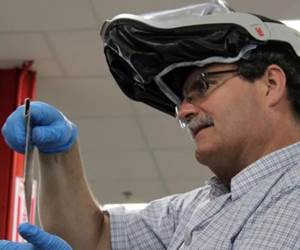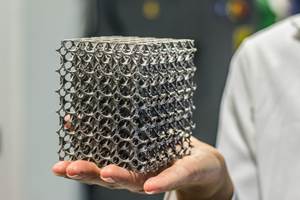Most 3D printed parts will require postprocessing of some sort following the print. For polymer parts, postprocessing might include powder unpacking, support removal, cleaning, curing, shot or bead blasting, and/or dyeing. For parts made with binder jetting, bound metal printing and other processes that hold the final material within another medium, a debinding step is usually necessary before sintering in an oven to achieve final part density. For metal parts made with laser powder bed fusion, postprocessing will typically entail cut-off from the build plate and heat treat, and may also include hot isostatic pressing (HIPping), support removal, machining and/or other finishing processes as needed. (Note, however, that noncritical faces can usually be left unfinished, and in some applications such as medical implants the rough as-printed surface can actually be a desirable feature.)
Each process and application will have its own requirements, but it is important to account for any anticipated postprocessing in the initial design stage for a 3D printed part. Known finishing requirements may make it necessary to add stock to a surface that will be machined or to place supports underneath a part to enable cut-off from the build plate, for example.



